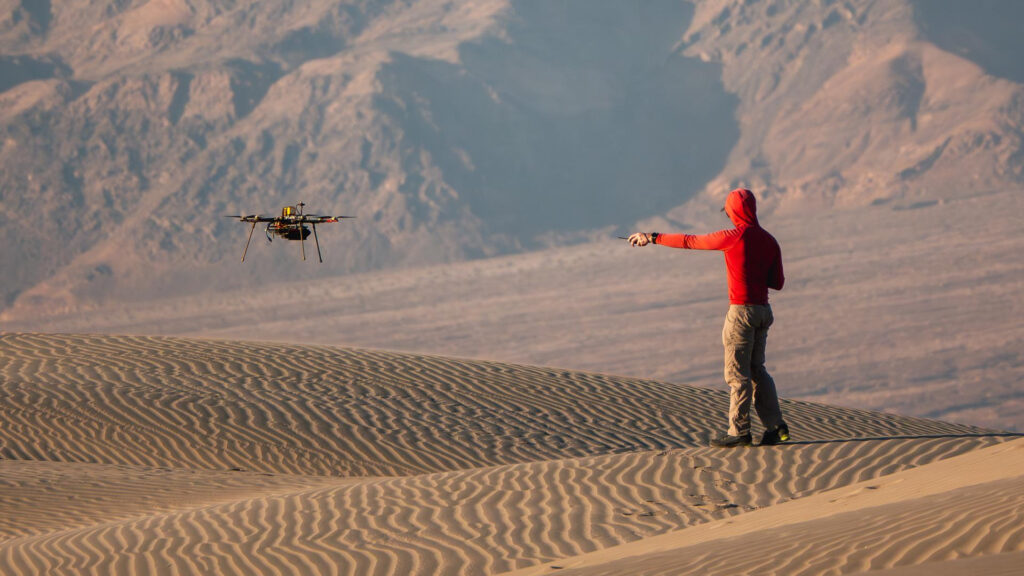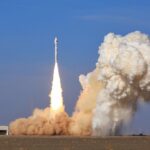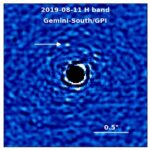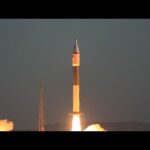Now Reading: Alien life could exist on Saturn’s big moon Titan — but finding it will be tough
-
01
Alien life could exist on Saturn’s big moon Titan — but finding it will be tough
Alien life could exist on Saturn’s big moon Titan — but finding it will be tough
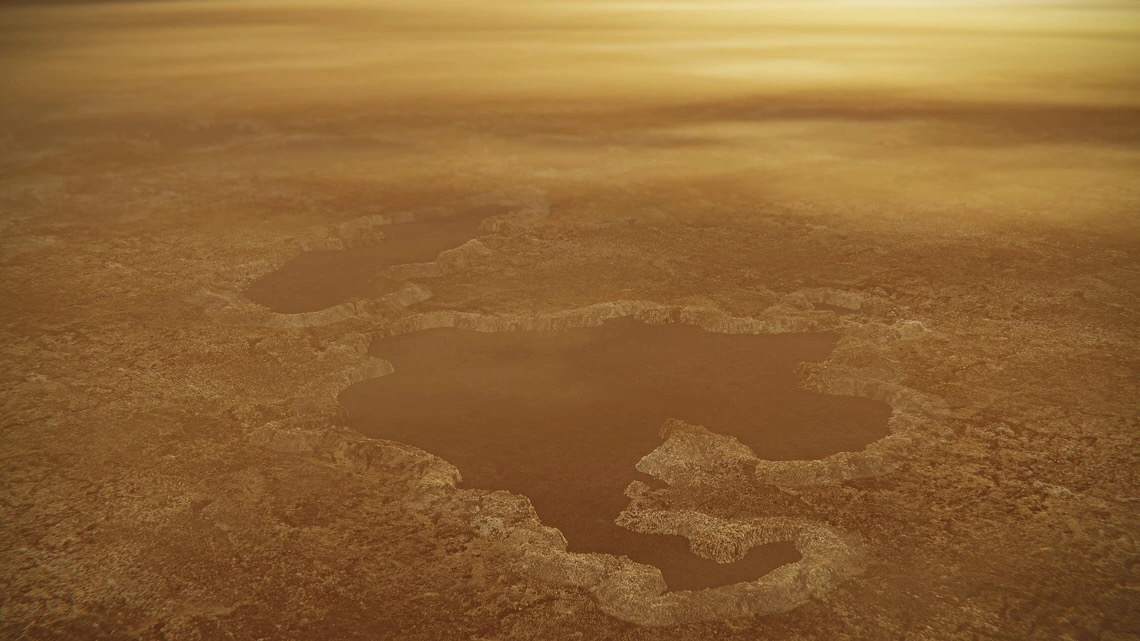

With rivers, lakes and even seas made of liquid methane and ethane, plus a hidden underground ocean of water, Saturn’s moon Titan has long fascinated scientists as a place where alien life might exist.
A new study backs up that idea — but with a twist. Yes, alien life could be there, researchers say, but probably not in the abundance we once hoped.
“We focus on what makes Titan unique when compared to other icy moons: its plentiful organic content,” study co-lead author Antonin Affholder, a postdoctoral research associate in the University of Arizona’s Department of Ecology and Evolutionary Biology, said in a statement. “There has been this sense that because Titan has such abundant organics, there is no shortage of food sources that could sustain life.”
NASA’s Cassini mission flew past Titan over 100 times, and in 2005, the European ride-along probe Huygens landed on its surface. On its way down, Huygens collected valuable data on Titan’s dense atmosphere, finding a host of photochemical reactions — light-driven chemical reactions that shape the moon’s chemical environment and could play a role in making it potentially habitable. This is because such reactions can create complex organic molecules, including some that could be the building blocks for life.
Related: Titan: Facts about Saturn’s largest moon
The idea is that these organic molecules eventually settle on Titan’s surface and, through a mix of material exchange and possible geochemical processes, find their way down into the moon’s hidden ocean — potentially making the dark waters below a habitable environment.
But “potentially” is a key word here, according to the new study.
“We point out that not all of these organic molecules may constitute food sources, the ocean is really big, and there’s limited exchange between the ocean and the surface, where all those organics are, so we argue for a more nuanced approach,” said Affholder.
Using bioenergetic modeling — a method that uses mathematical simulations to quantify the energy needed to make and break chemical bonds in a biological system — the team attempted to identify a plausible scenario in which life could emerge on Titan. They landed on a simple and familiar process: fermentation.
“Fermentation probably evolved early in the history of Earth’s life and does not require us to open any door into unknown or speculative mechanisms that may or may not have happened on Titan,” Affholder said.
Fermentation is a simple metabolic process in which microorganisms, such as bacteria, break down organic molecules like sugars or carbohydrates into simpler compounds. The key part? It all happens without oxygen, which makes it especially relevant for a world like Titan, where oxygen is scarce or absent.
“We asked, could similar microbes exist on Titan?” Affholder said. “If so, what potential does Titan’s subsurface ocean have for a biosphere feeding off of the seemingly vast inventory of abiotic organic molecules synthesized in Titan’s atmosphere, accumulating at its surface and present in the core?”
Related stories:
Using the simplest of all known amino acids — glycine, which is relatively abundant throughout the solar system — the team’s simulations found that conditions on Titan could, in theory, support microbial life through fermentation. However, only a tiny portion of Titan’s organic material might actually reach the ocean, depending on how much glycine makes its way down from the surface.
“This supply may only be sufficient to sustain a very small population of microbes weighing a total of only a few kilograms at most — equivalent to the mass of a small dog,” Affholder said.
“Such a tiny biosphere would average less than one cell per liter of water over Titan’s entire vast ocean,” he added. “We conclude that Titan’s uniquely rich organic inventory may not in fact be available to play the role in the moon’s habitability to the extent one might intuitively think.”
That means that, if life does exist on Titan, it could be extremely sparse, making it especially challenging for future missions to detect — like trying to find a needle in a haystack, the team concludes.
The new study was published April 7 in The Planetary Science Journal.
Stay Informed With the Latest & Most Important News
Previous Post
Next Post
-
 012024 in Review: Highlights from NASA in Silicon Valley
012024 in Review: Highlights from NASA in Silicon Valley -
 02Panasonic Leica Summilux DG 15mm f/1.7 ASPH review
02Panasonic Leica Summilux DG 15mm f/1.7 ASPH review -
 03From Polymerization-Enabled Folding and Assembly to Chemical Evolution: Key Processes for Emergence of Functional Polymers in the Origin of Life
03From Polymerization-Enabled Folding and Assembly to Chemical Evolution: Key Processes for Emergence of Functional Polymers in the Origin of Life -
 04How New NASA, India Earth Satellite NISAR Will See Earth
04How New NASA, India Earth Satellite NISAR Will See Earth -
 05And Thus Begins A New Year For Life On Earth
05And Thus Begins A New Year For Life On Earth -
 06Astronomy Activation Ambassadors: A New Era
06Astronomy Activation Ambassadors: A New Era -
07SpaceX launch surge helps set new global launch record in 2024












